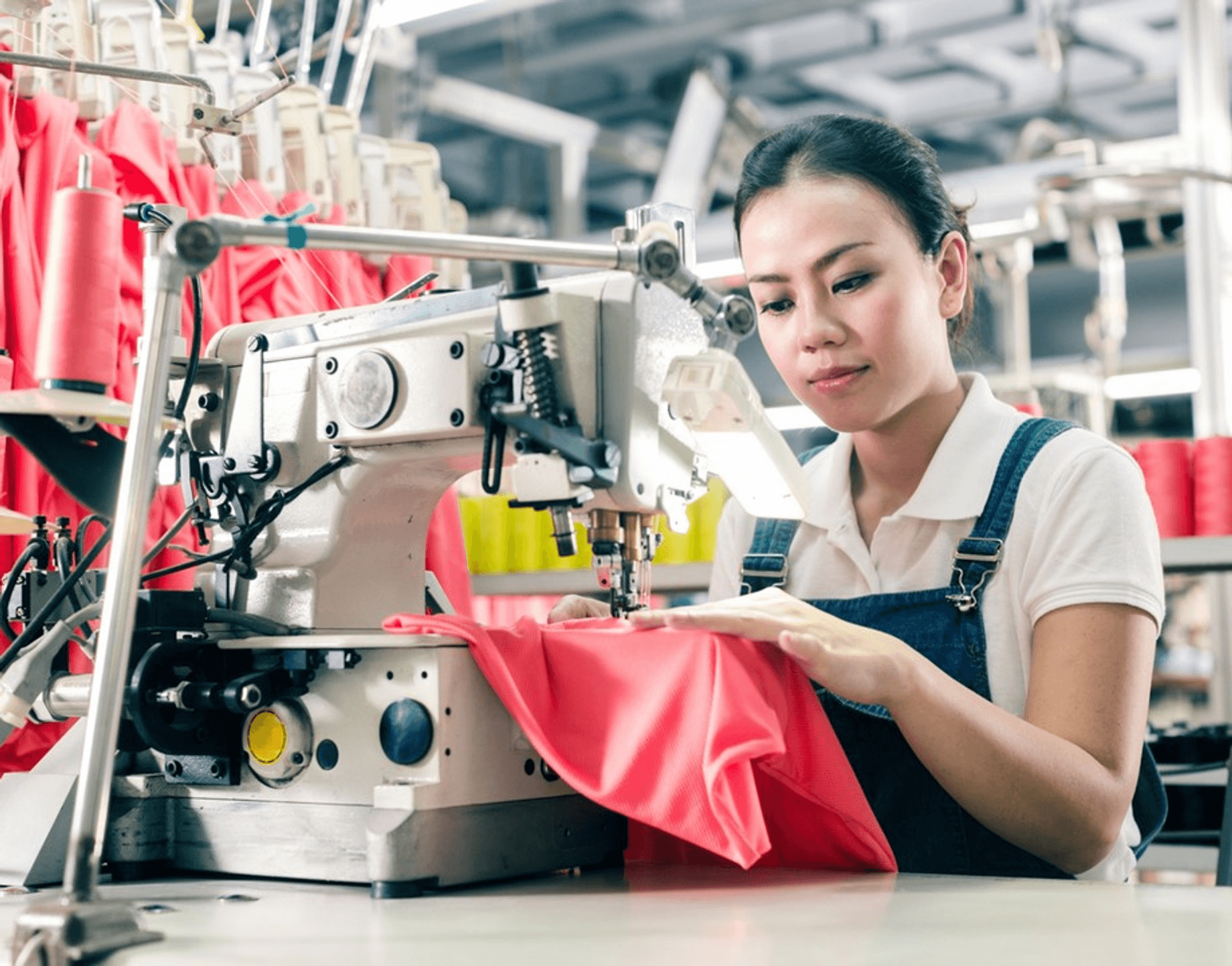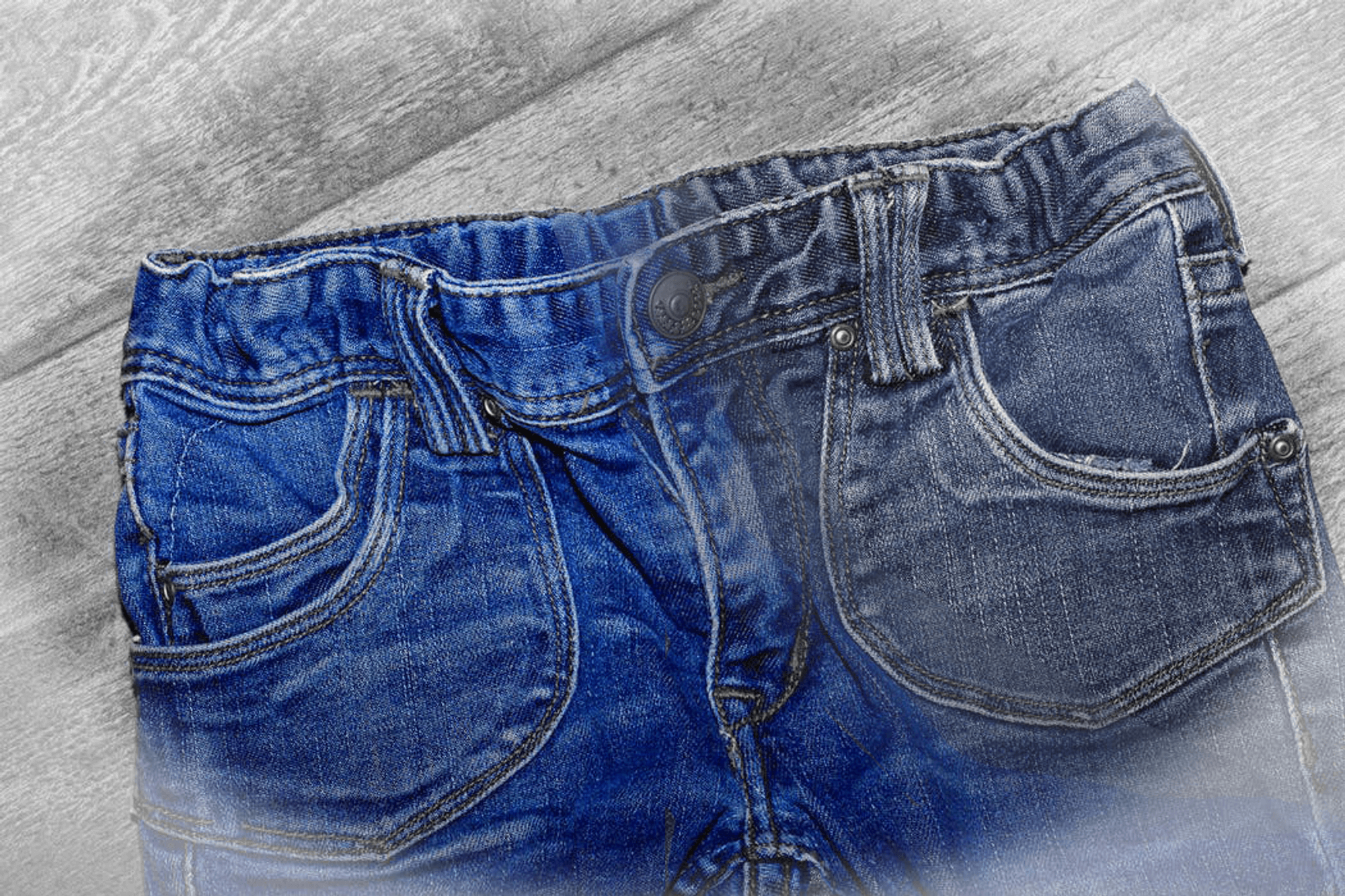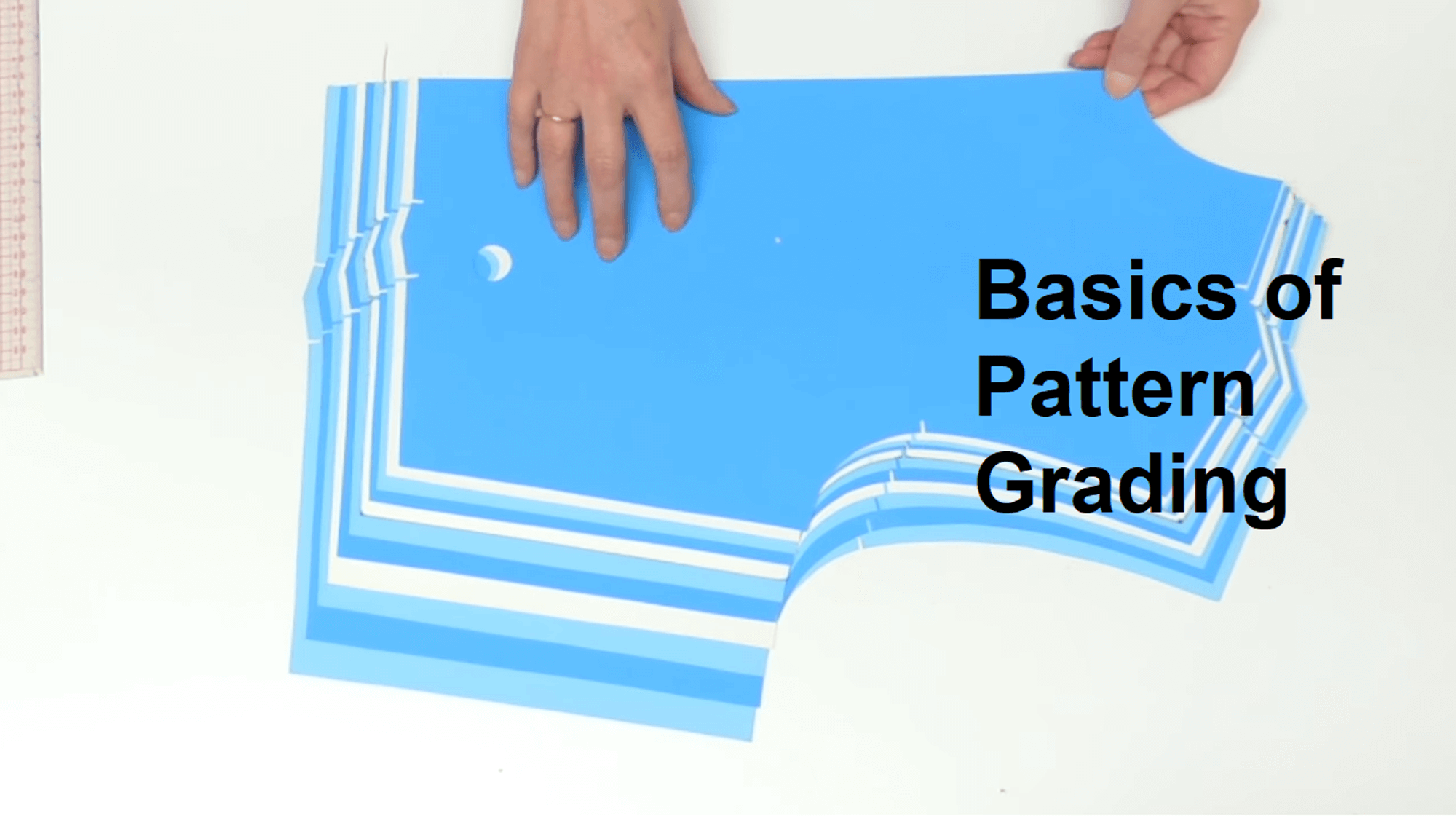Are you ready to take on garment quality assurance? Our comprehensive guide is here to ensure that nothing slips through the cracks. Finally, you’ll be able to produce clothing and accessories with confidence, knowing that you’ve completed a thorough assessment of each item from start to finish.
With our step-by-step approach, we can guarantee satisfaction every time! Get ready for clear guidance and techniques that will whip your garment quality into shape. It’s time for some peace of mind – let’s get started!
Prioritizing quality, not price
Forget the notion that consumers only crave bargains. Quality is becoming increasingly crucial to today’s shoppers than price, with 51% of people surveyed by First Insight claiming it as their primary consideration when they make a purchase, while 30% say affordability matters more.
Quality basics

Garment manufacturing quality apparel is a wide-ranging concern involving both the production and final product. The concept of merchandise quality encompasses the traits that make an excellent desirable to customers and can be managed by manufacturers to meet specific customer requirements.
To ensure consumer satisfaction with their items, many businesses have an assurance division that keeps track of goods leaving the factory. Quality control is another way for companies to guarantee top-notch products hit shelves!
Quality assurance and quality control

Quality Assurance and garment quality control may appear synonymous, but they are not. When making apparel, accessories, or other textiles, quality inspection is a must in the pre production stage and during production until its final evaluation after completion.
QA emphasizes the process and constructs high-quality into each assembly step, such as design and manufacturing. On the contrary, QC concentrates more on the product by determining whether it meets customer expectations by appraising it once made and then classifying it as either acceptable or unacceptable before delivery.
How to use tech pack for Quality Control
Tech packs can be extremely useful in the quality control process of garment production. By having an accurate and updated tech pack that follows the latest industry international standards and consumer trends, garment factories can ensure they create high-quality products that meet all the necessary requirements of their customers. A tech pack is also helpful as it can provide concise instructions to factory team members regarding quality checks, materials, measurements, and other necessary details.
- The first step to using a tech pack for quality control is understanding your customer’s requirements. Understand their target audience and the type of product they want to produce before you begin putting together a tech pack. To do this efficiently, ensure you have enough information about the product, such as the fabric used, size range, quantity specifications, etc. Once you have gathered all the necessary information, you can create your tech pack.
- Once you have created a complete and detailed tech pack, it should be sent to relevant departments in the factory for review before beginning production. This will help identify faulty designs or materials immediately, which could lead to costly mistakes if not checked when making decisions regarding materials and processes. Regular checks are essential during production to ensure everything has been followed accurately per the specifications outlined in the tech pack.
- Finally, it is essential to keep up with changes in trends or technologies throughout the product’s lifecycle to maintain consistent quality control results over time. Technology advancements allow us access to better information faster which means continuously adjusting our methods throughout production so that everyone involved is aware of any changes or updates being made, even as late as post-production checks when looking at pre/post wash effects or performance testing results.
In-line production inspection
In-line production inspection process provides invaluable insight into the manufacturing process to ensure the quality and traceability of components and materials, reducing the risk of expensive recalls due to defects.
- From package materials, raw materials, and finished goods percentages to anticipated receive/production dates for unprepared goods and components – careful consideration must be given to overviews on production status and progress as part of any in-line inspections.
- Quality Control inspectors should extract inspect samples from completed products and thoroughly review them for defects. Photos should be taken from the currently producing line, products, and defects observed to serve as additional verification.
- Its important reports are created with corrective actions taking expedited priority to ensure the risk of further propagation resulting from discovered defects is reduced or negated altogether.
- To keep in-line inspections effective, it’s also essential all QC personnel are familiarised with specified quality criteria for each product inspected ahead of production inspection, allowing ample time for sample reviews before releasing any finished products back into supply channels.
- Ultimately, thorough, in-line production inspections remain paramount throughout any manufacturing process providing the assurance required that all components meet pre-defined standards preventing complications leading to consumer dissatisfaction post-purchase.
In-line production inspections can help any fashion business streamline its production process. From sample making to final finishing, the in-line production final inspection system can check each process step with accuracy and efficiency.
- Sample making is the first step and is where a prototype garment is made for approval;
- Marker making involves creating a placement pattern for cutting fabric pieces;
- Fabric spreading is placing fabric in patterns on a table so it can be cut into individual garment parts;
- Fabric cutting requires precision to create pieces from spread fabric accurately;
- Construction brings together pieces to produce garments as desired;
- Finally, processes and finishing are done for quality assurance. The in-line production inspection system can inspect all these stages of fashion production quickly and reliably.
But its usefulness continues beyond there–even after a garment passes all criteria set by quality control, this same system will detect flaws such as uneven stitches or loose buttons that could damage customer satisfaction.
AQL (Acceptable Quality Limit)
The Acceptable Quality Limit (AQL) specifies the upper limit of defects allowed in a sampling period. This number will enable you to monitor product quality and ensure compliance with safety standards. To accompany this, lot numbers are serial identifiers for specific lots or products created during production – used to trace any potential issues back to their source. Want more information? Read on here!
3 things to know about fabric quality
When picking fabric for your wardrobe, there’s more to consider than just the pattern or color. Quality can make all the difference when evaluating a piece of clothing. Learn more about what to look for with these three essential factors to determine fabric quality:
- Comfort is critical when choosing the proper fabric; after all, what is the point of spending money on something that isn’t make you feel good? Look for linen, cotton, and silk materials that offer a soft hand feel and comfortable stretch. They will not only feel great against your skin but are also perfect for warm weather events.
- Colorfastness is another crucial factor, as no one wants their socks or dress shirts fading after several washes. Even though you could go with heavily treated fabric, environmentally friendly pieces are often best as this ensures the color won’t run or fade over time. Additionally, the colors of the two pieces should always look the same during laundering – an indicator of poor quality dyes and finishing processes used throughout production.
- Finally, durability should always be considered, primarily when investing in statement clothing. To ensure a garment stays looking its best no matter how many times you wear it, go for fabrics like wool or denim, which have proven track records in lasting longer compared to other common materials. The type of weave also matters when it comes down to properly handling the garment, so double-check if it’s given appropriate strength before purchase.
Watch out for quality fade.

Quality fading, the gradual decline of a product’s quality due to suppliers utilizing materials and components that are lower in quality than initially promised, can be devastating for businesses. Suppliers take measures to save on internal costs rather than increase prices and potentially lose customers. As expected, cheaper parts come with a decrease in your products’ overall high-quality standards as well. Fortunately, you can prevent this by taking certain precautions, so you don’t have to sacrifice delivering top-notch products.
The importance of grading & fit

Grading and fit are essential when it comes to achieving garment quality, and overlooking this could have a massive negative impact on the success of your products. After all, who wants to buy clothes that don’t fit properly or fall apart after the first wash? The importance of grading and fit doesn’t just apply to clothes; it applies to apparel of all kinds, from menswear to womenswear, childrenswear and hosiery too!
- Grading is done by computing the difference between increments for each size in a range. Standard measurement tables that align with industry regulations will provide a reliable guide for an accurate grade – ensuring designs maintain their proportions according to the market size range. If this isn’t done correctly, then garments may vary so much in size that they no longer look like the same style per different sizes.
- Fit testing is also essential during development as it precisely measures how well garments fit consumers – not just sample dimensions from standard pattern blocks. Knowing how a design works on multiple body shapes allows us to make any sizing adjustments before mass production begins, drastically reducing customer complaints and RETs (goods returned) coming back through the door! It can save money across the entire pipeline process, too – avoiding costly production mistakes by ironing out kinks before items go into manufacture.
The overall assurance here is with proper grading and fit techniques implemented into product design, customer satisfaction will remain high while reducing cost OR waste alongside it!
How to improve fit quality
For garment quality, the fit is critical. If a customer finds the fit satisfactory, they certainly won’t be impressed with the piece’s craftsmanship, no matter how excellent it may be. To make sure you hit the mark when it comes to fit quality – and have customers thanking you for your skills – there are several steps you can take.
- The first step to improving garment fit in any way possible is careful measurements: if a tailor works from an incorrect or incomplete set of measurements, their attempts at making an accurate garment will likely fail. So before starting any project, make sure you measure twice and cut once.
- Another important aspect of fit involves shape and body type. Make sure you consider your pattern selection carefully: research different patterns for different body types to minimize problematic fitting issues, such as bust darts that gape or waistband darts that pull too tightly across the lower back.
- In addition to this knowledge base, other critical elements are involved in getting a perfect fit every time- such as fabric choice and construction methods employed during production- that can significantly affect garment quality.
- Finally, pay attention to detail – check all seams, pockets, collars, and cuffs are made correctly – so that any problems can easily be rectified before reaching the completion stage.
Wrapping up
When designing superior garments, quality assurance is paramount. Ensuring that each piece meets the highest standards requires meticulous attention to detail in grading and fit. Fortunately, Lezhou Garment‘s decades of experience with custom clothing provides a guarantee of excellence when it comes to quality assurance! With us, you have assured perfect measurements and only top-notch materials for more enduring pieces. Rest easy knowing your products will be designed with superior craftsmanship every time!
